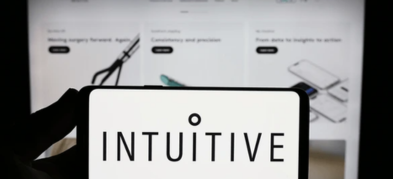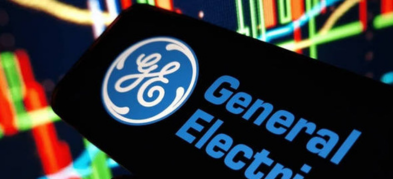
Ultima Markets App
Trade Anytime, Anywhere
Important Information
This website is managed by Ultima Markets’ international entities, and it’s important to emphasise that they are not subject to regulation by the FCA in the UK. Therefore, you must understand that you will not have the FCA’s protection when investing through this website – for example:
- You will not be guaranteed Negative Balance Protection
- You will not be protected by FCA’s leverage restrictions
- You will not have the right to settle disputes via the Financial Ombudsman Service (FOS)
- You will not be protected by Financial Services Compensation Scheme (FSCS)
- Any monies deposited will not be afforded the protection required under the FCA Client Assets Sourcebook. The level of protection for your funds will be determined by the regulations of the relevant local regulator.
Note: Ultima Markets is currently developing a dedicated website for UK clients and expects to onboard UK clients under FCA regulations in 2026.
If you would like to proceed and visit this website, you acknowledge and confirm the following:
- 1.The website is owned by Ultima Markets’ international entities and not by Ultima Markets UK Ltd, which is regulated by the FCA.
- 2.Ultima Markets Limited, or any of the Ultima Markets international entities, are neither based in the UK nor licensed by the FCA.
- 3.You are accessing the website at your own initiative and have not been solicited by Ultima Markets Limited in any way.
- 4.Investing through this website does not grant you the protections provided by the FCA.
- 5.Should you choose to invest through this website or with any of the international Ultima Markets entities, you will be subject to the rules and regulations of the relevant international regulatory authorities, not the FCA.
Ultima Markets wants to make it clear that we are duly licensed and authorised to offer the services and financial derivative products listed on our website. Individuals accessing this website and registering a trading account do so entirely of their own volition and without prior solicitation.
By confirming your decision to proceed with entering the website, you hereby affirm that this decision was solely initiated by you, and no solicitation has been made by any Ultima Markets entity.
I confirm my intention to proceed and enter this website Please direct me to the website operated by Ultima Markets , regulated by the FCA in the United KingdomWhat Currency Does Germany Use?
Germany uses the euro (EUR) as its official currency. It has been the sole legal tender since 2002, replacing the Deutsche Mark, and is shared by 20 countries in the Eurozone. Introduced in 1999 for electronic transactions and 2002 for cash payments, the euro has since become the second most traded currency in the world, after the US dollar.
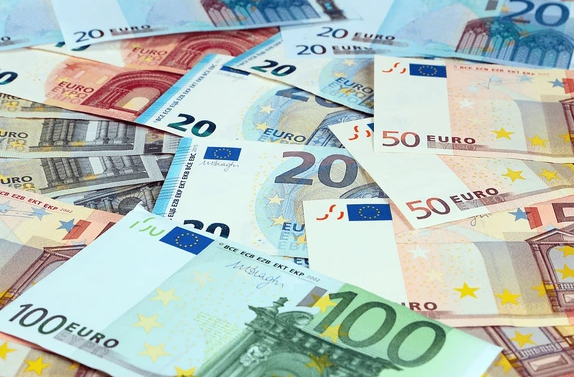
What Does Germany Money Look Like?
Germany uses euro banknotes and coins, which are standardized across all Eurozone countries. However, each member state, including Germany, mints coins with distinct national designs on one side.
- Banknotes: Euro banknotes come in denominations of €5, €10, €20, €50, €100, €200, and €500. All euro notes look the same across the Eurozone and feature architectural styles symbolizing Europe’s heritage.
- Coins: Euro coins are available in €1 and €2, and cent coins of 1¢, 2¢, 5¢, 10¢, 20¢, and 50¢. The reverse side is common EU design; the obverse side shows national emblems. Germany’s includes the federal eagle, Brandenburg Gate, and oak leaves.
For forex traders, understanding the physical features and standardization of euro cash helps prevent confusion and fraud.
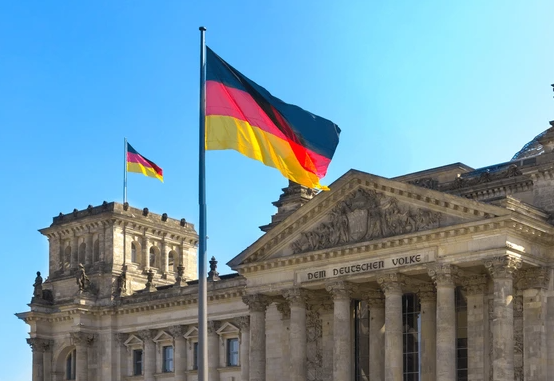
Euro vs USD: Forex Market Analysis
The Euro vs USD (EUR/USD) currency pair is the most traded forex pair globally, accounting for over 20% of daily turnover in the $7.5 trillion forex market (BIS 2022).
- Why EUR/USD Matters:
Economic Influence: The euro represents a bloc of 340+ million people, while the US dollar reflects the world’s largest single economy. - Monetary Policy: The European Central Bank (ECB) and Federal Reserve (Fed) play key roles. Interest rate differentials heavily influence EUR/USD volatility.
- Geopolitical Factors: US-EU trade, inflation, energy prices, and macro events like war or elections can shift sentiment quickly.
For traders, the EUR/USD is known for its high liquidity, tight spreads, and technical behavior, making it ideal for both scalpers and swing traders.
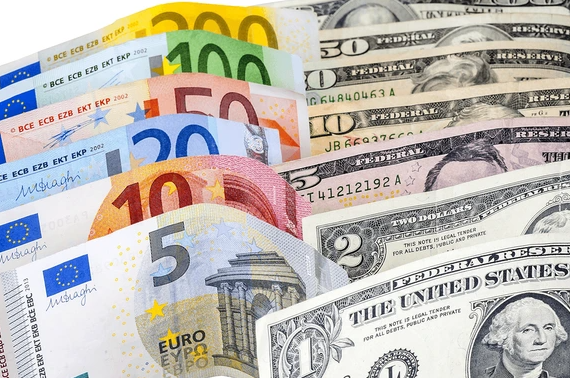
Top Euro Currency Pairs
EUR/USD – Euro / US Dollar
- Most traded currency pair in the world
- High liquidity, tight spreads
- Influenced by ECB vs Fed policy, US/EU economic data
EUR/GBP – Euro / British Pound
- Common among traders due to EU–UK trade links
- Impacted by Bank of England and Brexit-related sentiment
EUR/JPY – Euro / Japanese Yen
- Popular for carry trades and macro plays
- Sensitive to global risk sentiment and BOJ policy
EUR/CHF – Euro / Swiss Franc
- Considered a “safe-haven” pair
- Impacted by Swiss National Bank (SNB) interventions
EUR/AUD – Euro / Australian Dollar
- Often used in commodity vs industrial economies strategy
- Moves with ECB vs RBA policy and China-related sentiment
EUR/CAD – Euro / Canadian Dollar
- Commodity-linked vs EU industrial economy
- Sensitive to oil prices and Canadian GDP data
EUR/NZD – Euro / New Zealand Dollar
- Less liquid but used for carry trades
- Volatile, moves on RBNZ rates and risk appetite
US Dollar and Euro: Which Is Higher?
As of July 2025, the US dollar is stronger than the euro in nominal terms, with the EUR/USD trading around 1.06–1.08. This means 1 euro is worth approximately $1.06–1.08.
However, exchange rates are dynamic. A stronger dollar doesn’t always indicate a stronger economy, it could reflect tighter US monetary policy or safe-haven flows into USD during global risk events.
Euro to Dollar Forecast: What Traders Are Watching
Short-Term Outlook (Q3 2025):
- ECB vs Fed Rate Policy: If the Federal Reserve continues to maintain higher interest rates while the ECB signals a dovish stance, EUR/USD may face downside pressure.
- German Economic Data: As the EU’s growth engine, Germany’s PMIs, GDP, and inflation are critical. Weak industrial output or rising unemployment could weigh on the euro.
- US Fiscal Concerns: On the USD side, increasing US debt and upcoming elections might inject volatility, potentially supporting EUR/USD upside on risk sentiment shifts.
Long-Term Drivers:
- Energy Dependence: Germany’s exposure to imported energy prices (especially natural gas) affects its trade balance and, indirectly, the euro’s strength.
- China-EU Trade: A slowdown in Chinese demand for German exports can put downward pressure on the euro.
- Traders should monitor ECB statements, key German indicators, and US NFP, CPI, and Fed minutes to anticipate swings in EUR/USD.
Conclusion
The euro’s position in global trade, investment, and forex remains crucial, especially when trading high-volume pairs like EUR/USD. Whether you’re analyzing the euro to dollar forecast or tracking German inflation data, staying updated is key.
At Ultima Markets, we provide real-time market data, expert macroeconomic insights, and a professional trading environment. Stay ahead of the market with our advanced tools and educational resources, tailored for both beginner and professional traders.
Disclaimer: This content is provided for informational purposes only and does not constitute, and should not be construed as, financial, investment, or other professional advice. No statement or opinion contained here in should be considered a recommendation by Ultima Markets or the author regarding any specific investment product, strategy, or transaction. Readers are advised not to rely solely on this material when making investment decisions and should seek independent advice where appropriate.



